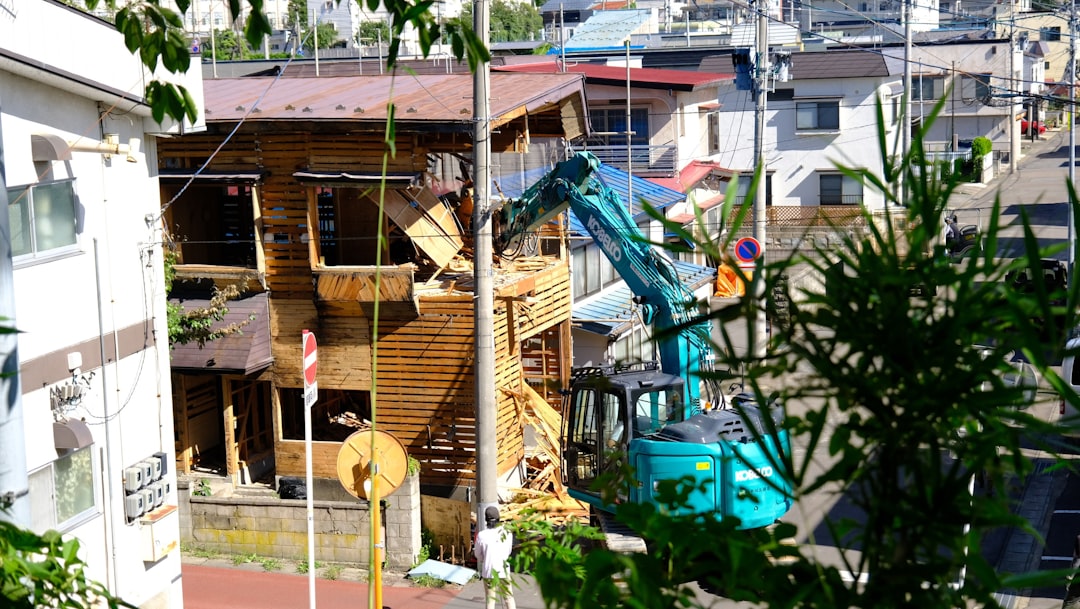Understanding Junk Removal Costs in Los Angeles Construction
In Los Angeles, construction projects generate significant debris, making junk removal a crucial aspect of project budgeting. The cost of junk removal in Los Angeles can range from $375 to $2,200 per haul, depending on the scope and materials involved. With rising landfill fees and stringent local codes, managing these costs effectively is essential for maintaining profit margins. CountBricks offers AI-driven estimates to help builders predict and control these expenses.
Key Factors Influencing Junk Removal Costs
- Volume of debris: Charged by the cubic yard, with more remodels leading to more waste.
- Type of material: Clean concrete and green waste are cheaper to dispose of than mixed loads.
- Labor intensity: Difficult site access increases crew hours.
- Haul distance: Varies with transfer station fees and truck time.
- Environmental compliance: Recycling documentation and diversion reporting add to costs.
Average Price Ranges for 2025
- Light demo (10–15 cubic yards): $375–$550 per haul
- Kitchen or bath gut (20–25 cubic yards): $650–$925 per haul
- Whole-house gut (40–60 cubic yards): $1,350–$2,200 per haul
- Concrete driveway breakout (15 tons, clean load): $300–$450 per haul
Case Study: Fairfax District Remodel
A Fairfax District project involved removing 1,200 sq ft of plaster, 950 sq ft of hardwood, and 80 lf of non-bearing wall. The estimated disposal fee was $1,580, with the final invoice at $1,612, demonstrating CountBricks' accuracy.
Estimating Junk Removal with CountBricks
- Open the CountBricks app or dashboard.
- Select Demolition & Debris Removal.
- Describe the scope: e.g., “Kitchen demo, 200 sq ft, tile floor.”
- AI calculates costs based on local data.
- Receive a detailed estimate with labor, hauling, and tipping fees.
Strategies to Reduce Junk Removal Costs
- Source-separate materials to avoid mixed-load premiums.
- Schedule demo phases to match pickup windows.
- Opt for larger bins when space allows for lower costs per cubic yard.
- Use CountBricks' diversion tracker for recycling credits.
- Negotiate fixed-rate hauling contracts for volume discounts.
Importance of Including Debris Removal in Estimates
Including debris removal in estimates prevents profit leakage and enhances professionalism. CountBricks updates disposal rates weekly, ensuring accurate budgeting.
Why Los Angeles Pricing Differs
- Higher land values and fewer transfer stations increase costs.
- Mandatory recycling adds to expenses.
- Regulations on diesel idling affect labor costs.
Start Managing Debris Costs with CountBricks
For accurate junk removal cost management in Los Angeles, visit CountBricks.com to explore our tools and services.
Case Study: Reducing Debris Costs in Hollywood Hills
Skyline Builders faced a $4,800 debris removal estimate for a hillside addition. By using CountBricks, they reduced costs by 28% without affecting the schedule.
CountBricks Workflow
- Uploaded project details to CountBricks for AI analysis.
- AI suggested optimal bin sizes and hauling strategies.
- Secured a flat-rate transport package, saving 18%.
Results
- Actual debris: 50 cubic yards
- Total cost: $3,456
- Savings: $1,344
- Margin gain: 1.3%
Lessons for Builders
- Micro-bin swaps can be more cost-effective on tight sites.
- Detailed site notes prevent access up-charges.
- Locking disposal rates early protects against fee increases.
CountBricks provides real-time monitoring and alerts for proactive cost management. Visit CountBricks.com for more information.

